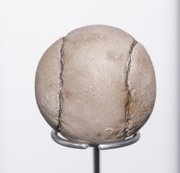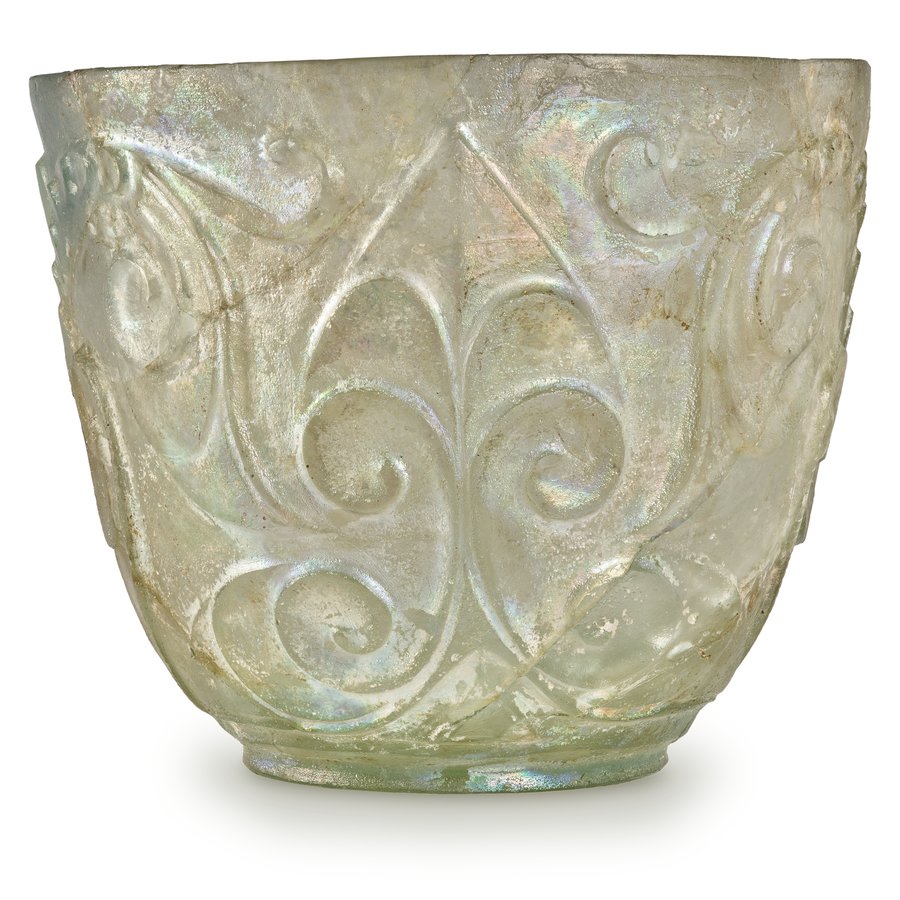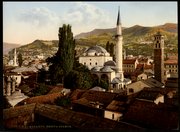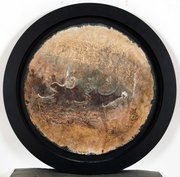
Cup with Relief Cut Decoration
Museum of Islamic Art
- Title:
- Cup with Relief Cut Decoration
- Production place:
- Iran
- Date:
- 800 - 999
- Period:
- Abbasid
- Title:
- Cup with Relief Cut Decoration
- Production place:
- Iran
- Date:
- 800 - 999
- Period:
- Abbasid
- Material:
- Glass
- Technique:
- Glassblowing, Cutting
- Dimensions:
- 8.6 cm
- Diameter:
- 10.3 cm
This refined beaker made of greenish tinged glass, with slightly curved sides, was initially blown as a thick vessel. Its flowing decoration was then masterfully wheel-cut in relief. This work was carried out in the so called bevelled technique, where the slanted profile of the decoration blurs the distinction between the pattern and the background. This technique is first seen in profusion in the stucco decoration of the 3rd century AH/9th century CE palace city of Samarra in Iraq, before spreading across the Islamic empire. The manufacture of glass was highly developed in pre-Islamic times in both Iran and Syria, and continued to develop during the Islam period. Cut glass was the most luxurious of all, requiring separate skills of hot glass working, and then wheel-cutting the finished products.



